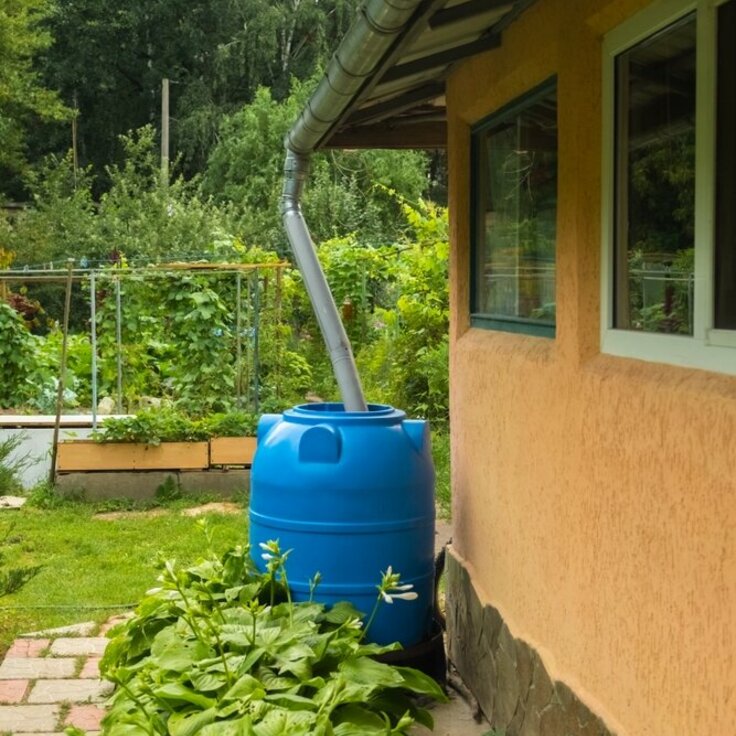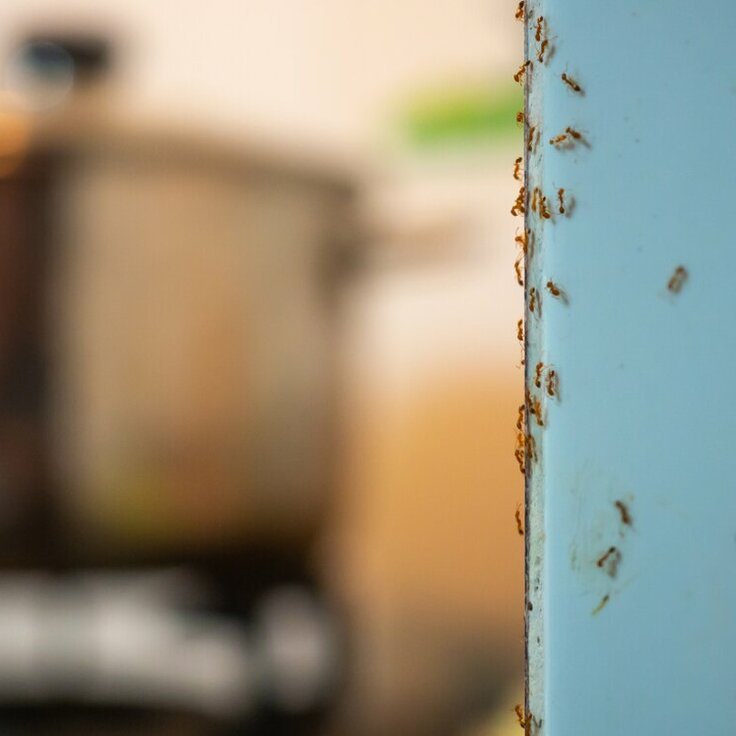Vermicomposting
Many of us like the idea of composting but don’t have the yard space to make it happen (I’m looking at you, apartment dwellers!). Luckily you can make your own black gold in the comfort of your own home with nature’s master composters: worms.
If your only experience with worms is seeing them on the end of a fishhook or dodging them on the sidewalk after a good rain, you might think all worms are the same. But they’re actually an incredibly diverse group of organisms. Most burrowing terrestrial worms are oligochaetes, a group with more than 10,000 known species. While their lot in life is to decompose organic matter, not all worms are suitable for indoor composting. Here’s a peek at the most common wrigglers, crawlers, and garden-variety earthworms.
Deconstructing Decomposition
We know that simply layering leftover lettuce on the garden isn’t enough to get the nutrients to soak into the soil and make your flowers grow. We need decomposition to break down the structure of the lettuce and transform the nutrients into a form that new plants can use. But it’s not the worms doing the work. It’s bacteria. Bacteria are mini recycling plants that multiply quickly and use enzymes to degrade organic matter particles from the outside in.
Where do worms come in, then? Worms feed on the bacteria along with the leftovers. In doing so, they accelerate the process of digestion in two ways. First, as matter passes through their digestive system, it gets physically broken down, which provides the bacteria more surface area to act on. Second, worm guts add more bacteria and enzymes to the mix, which helps speed up the chemical reactions required to produce compost. The end products of worm digestion are castings: nutrient-rich additions to your indoor or outdoor soils.
Home Sweet Home
Worms, like any other organism, need food and shelter to keep them alive and happy. Let’s look at how to house your new wrigglers.
The size of your composter will depend on your space and your needs. How much space do you have? How much compost do you want to end up with? Most vermicomposters are stacked plastic bins forming layers of trays. You can purchase a starter kit and get going right away or, if you’re more of a do-it-yourselfer, build one yourself out of cardboard, metal, wood, or plastic. Here are some pros and cons of each.
Read more from Fix.com








